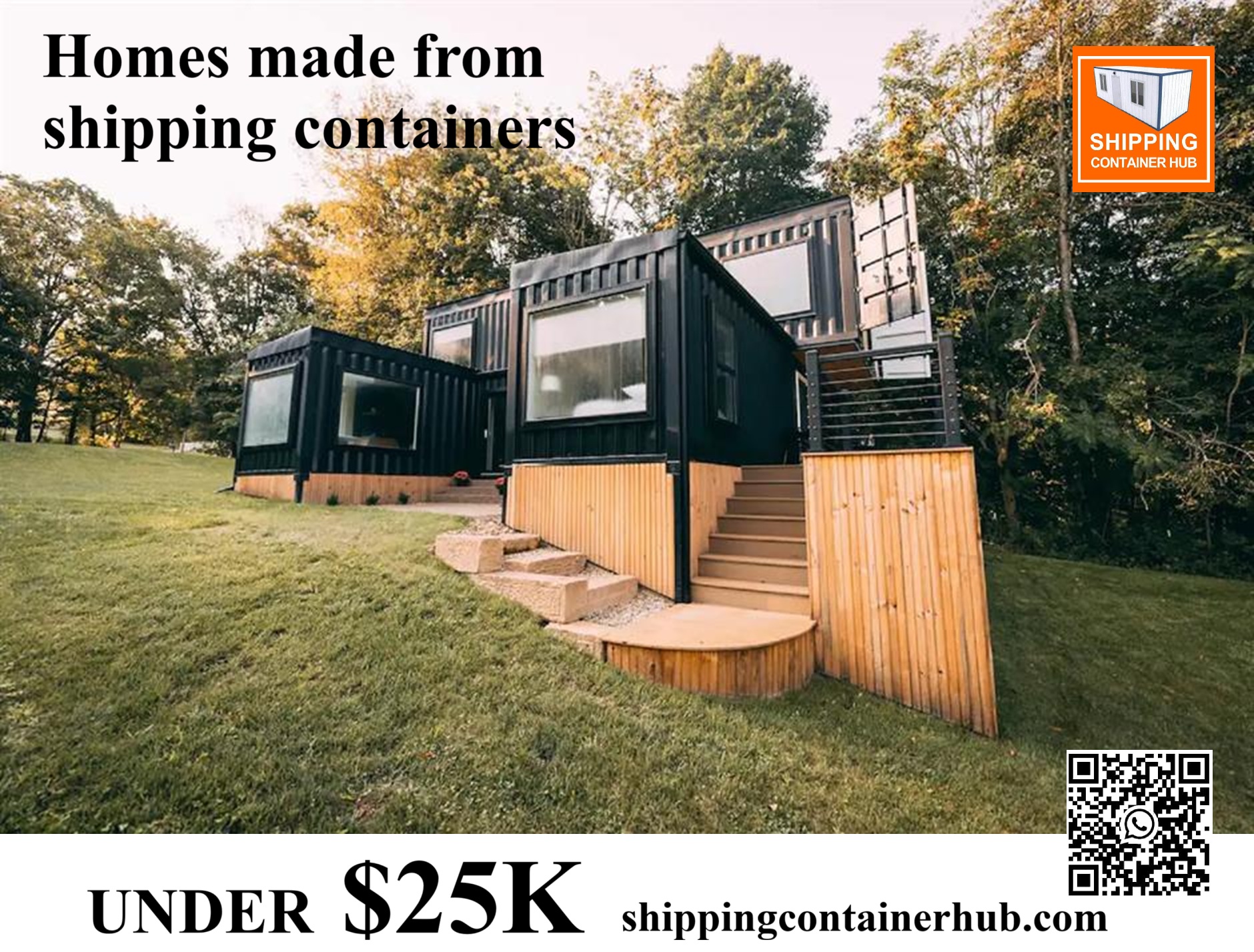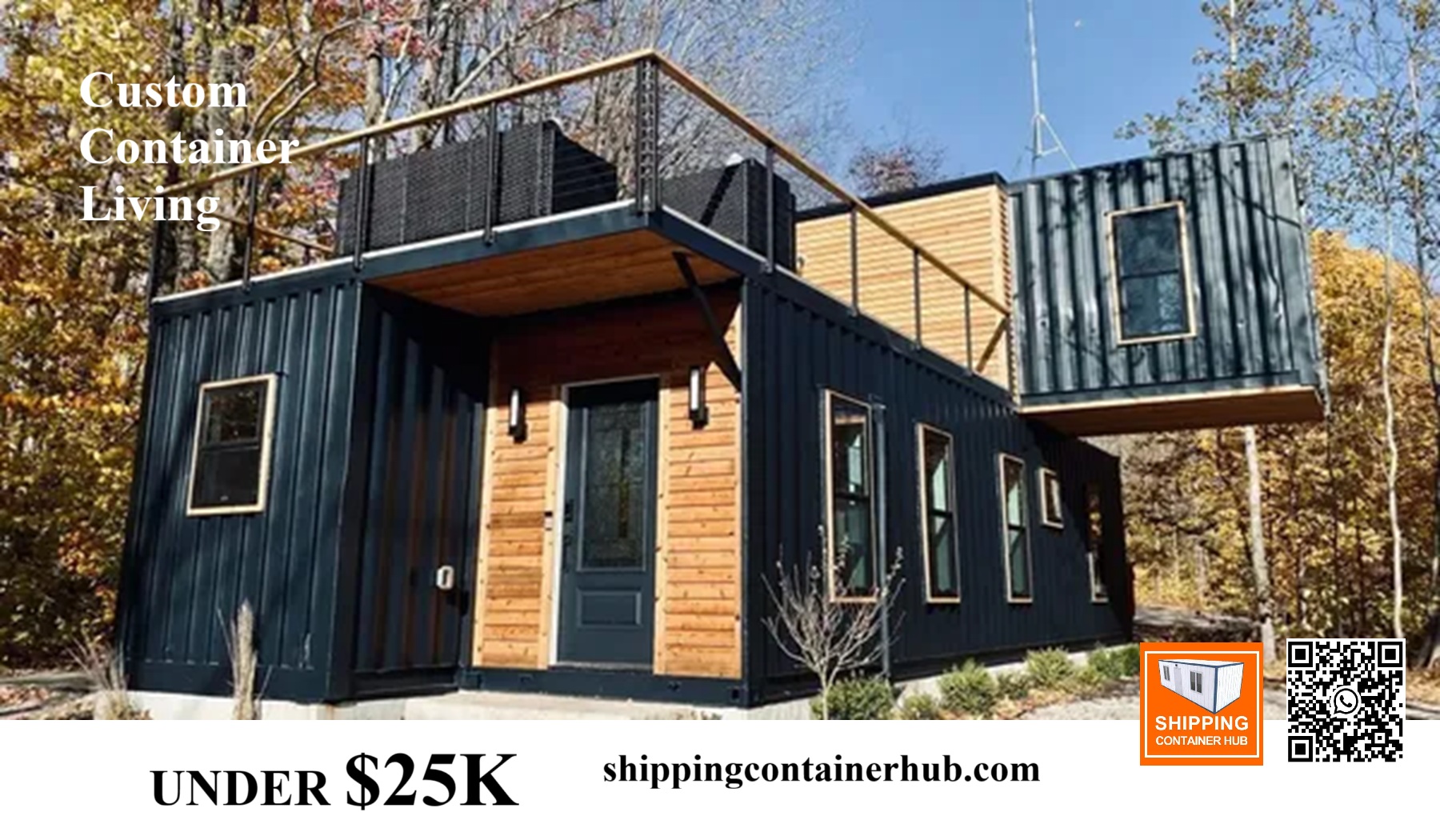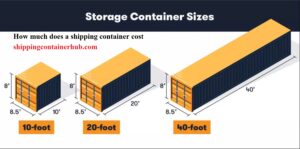Share via:
Why Knowing Shipping Container Heights is Important
If you’re considering a shipping container for your next home, office, or storage space, understanding its dimensions is crucial. One of the most commonly asked questions is: “How tall is a shipping container?”
Shipping containers come in various sizes, and their height can significantly impact your project. Whether you’re designing a cozy tiny home, planning a commercial project, or repurposing a container for storage, knowing the height ensures you optimize the space effectively.
In this guide, we’ll answer all your questions about container heights, including how tall is a standard shipping container, how tall is a high cube shipping container, and even how tall is a container ship. Let’s dive in!

-
Save
How Tall is a Shipping Container? The Basics
The height of a shipping container depends on its type. Here’s a quick summary:
- Standard Shipping Containers: 8 feet 6 inches tall.
- High Cube Shipping Containers: 9 feet 6 inches tall.
These heights are measured from the ground to the top of the container. Understanding these basic dimensions is essential for planning any project, whether you’re building a home or using the container for storage.
Dimensions of Popular Shipping Containers
Let’s break down the dimensions of the most commonly used shipping containers:

-
Save
Standard Shipping Containers
- Height: 8 feet 6 inches
- Width: 8 feet
- Length: Available in 20 feet or 40 feet
- Interior Height: Approximately 7 feet 10 inches
Standard containers are the most widely used for shipping and storage. They provide adequate space for most uses but may feel slightly compact for living spaces.
High Cube Shipping Containers
- Height: 9 feet 6 inches
- Width: 8 feet
- Length: Available in 20 feet or 40 feet
- Interior Height: Approximately 8 feet 10 inches
High cube containers are perfect for projects that require extra headspace, such as lofted storage or taller furniture. They are often the preferred choice for container homes due to their spacious feel.

-
Save
20-Foot Shipping Containers
- Standard Height: 8 feet 6 inches
- High Cube Height: 9 feet 6 inches
20-foot containers are compact and ideal for small projects or portable homes. Despite their smaller size, they offer excellent versatility.
40-Foot Shipping Containers
- Standard Height: 8 feet 6 inches
- High Cube Height: 9 feet 6 inches
40-foot containers provide double the length of a 20-foot container. They are commonly used for larger homes, offices, or storage facilities.
How Tall is the Inside of a Shipping Container?
The interior height is slightly less than the external height due to the thickness of the container’s floor and ceiling. Here’s the breakdown:
- Standard Container Interior Height: Approximately 7 feet 10 inches.
- High Cube Container Interior Height: Approximately 8 feet 10 inches.
This interior height is important for planning insulation, ventilation, and ceiling features if you’re converting the container into a living space.

-
Save
How Tall is a Container Ship?
Container ships are engineering marvels, capable of carrying thousands of containers. Their height can vary greatly, but here are some general guidelines:
- Small Container Ships: Approximately 70-100 feet tall, including the hull and stacked containers.
- Large Container Ships: Can exceed 150 feet tall, with stacks of containers reaching heights equivalent to multi-story buildings.
Special Features: Refrigerated Containers and Their Lips
Refrigerated containers, also known as “reefers,” are designed to transport temperature-sensitive goods. They have a unique feature: a raised lip at the floor entrance.
- How Tall is the Lip on a Refrigerated Shipping Container?
The lip is typically 4 to 6 inches tall. While this may seem minor, it’s important to account for this feature when loading or designing entryways.
Frequently Asked Questions
1. How tall is a 20-foot shipping container?
A 20-foot container is 8 feet 6 inches tall for standard models and 9 feet 6 inches tall for high cube models.
2. How tall is a 40-foot shipping container?
A 40-foot container has the same height options as a 20-foot container: 8 feet 6 inches for standard and 9 feet 6 inches for high cube.
3. How tall is a shipping container door?
The door height for standard containers is approximately 7 feet 5 inches, while high cube containers offer slightly taller doors.
4. How tall is a fully loaded container ship?
A fully loaded container ship can reach heights of 150 feet or more, depending on its size and the number of containers it’s carrying.
5. How tall is the interior of a shipping container?
The interior height of a standard container is 7 feet 10 inches, while a high cube container offers 8 feet 10 inches of interior height.
6. How tall is the lip on a shipping container?
The lip on a standard container is usually 1 to 2 inches, while refrigerated containers have a taller lip of 4 to 6 inches.

-
Save
Why Height Matters in Shipping Containers
Understanding how tall a shipping container is can make or break your project. Here’s why:
- Living Space: Extra headroom in high cube containers makes them ideal for homes, especially if you plan to install a loft or tall furniture.
- Storage: Knowing the interior height helps maximize vertical storage capacity.
- Transportation: The height of the container affects its transportability, especially when passing under bridges or tunnels.
- Ventilation and Insulation: Planning your insulation or HVAC system requires precise knowledge of the container’s interior height.
Conclusion: Understanding Dimensions for Your Project
Whether you’re building a small home, designing an office, or transporting goods, understanding the height of shipping containers is essential. At ShippingContainerHub.com, we specialize in helping you navigate these details to create a project that’s both functional and inspiring.
If you’re ready to take the next step, we’re here to help. Contact us for an online consultation at shippingcontainerhub24hours@gmail.com, and let’s start building your dream together.
Stay connected with us on social media for updates, tips, and inspiration:
Share via:












